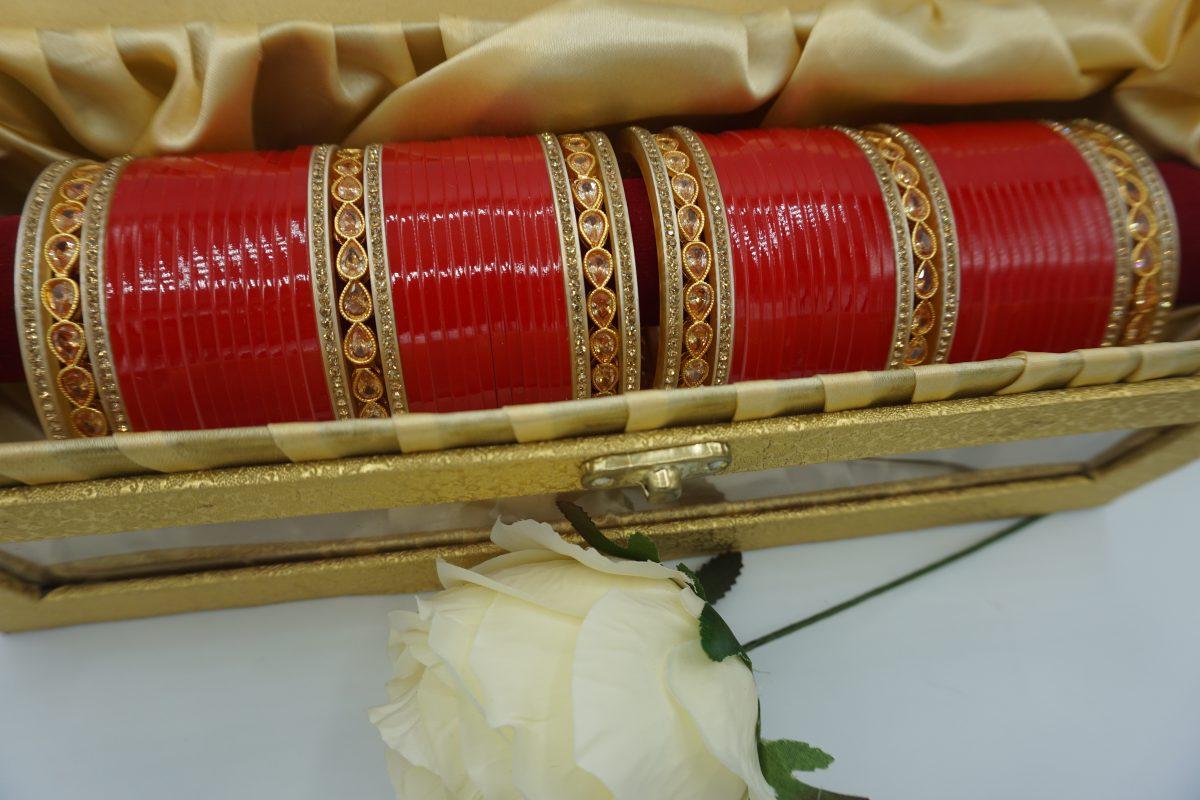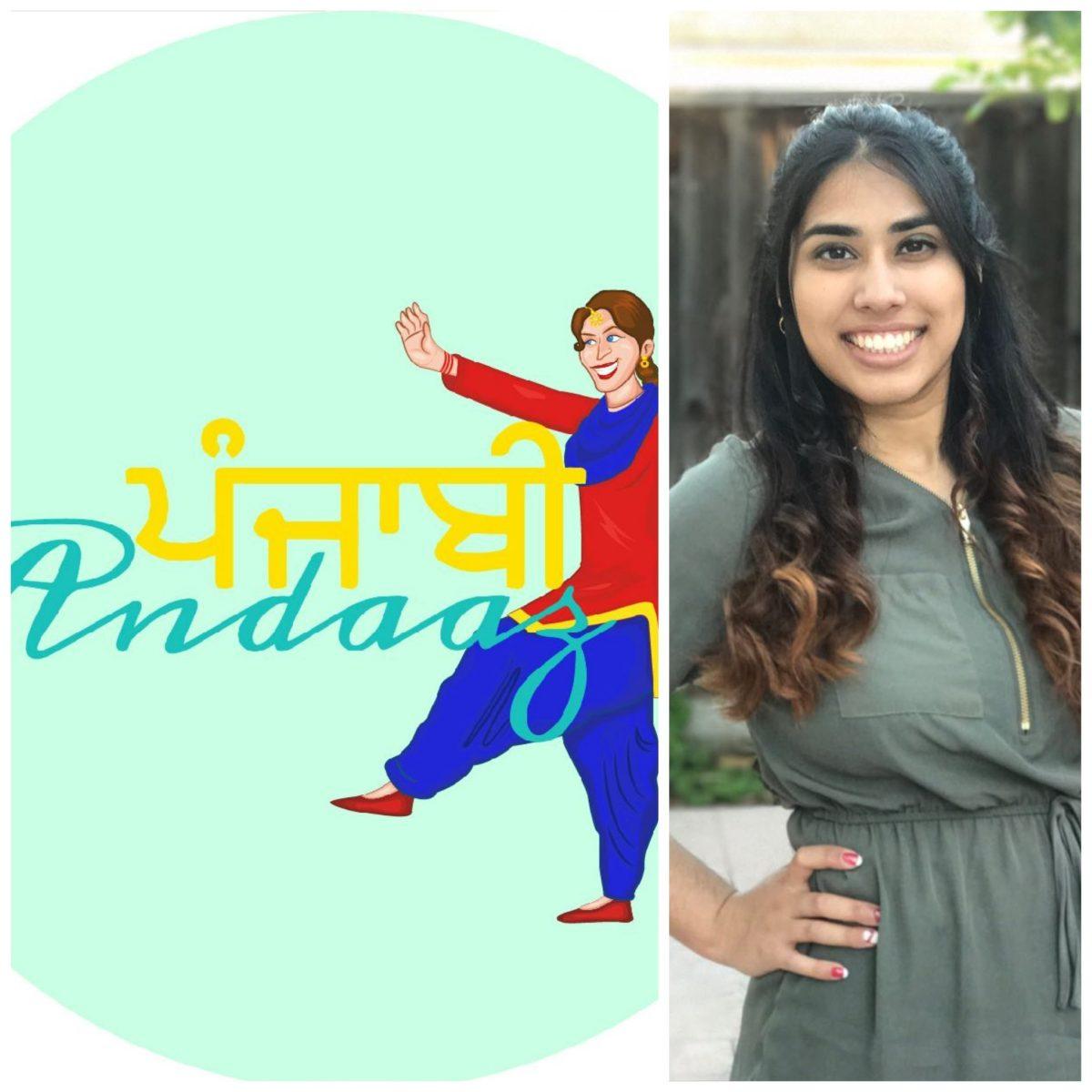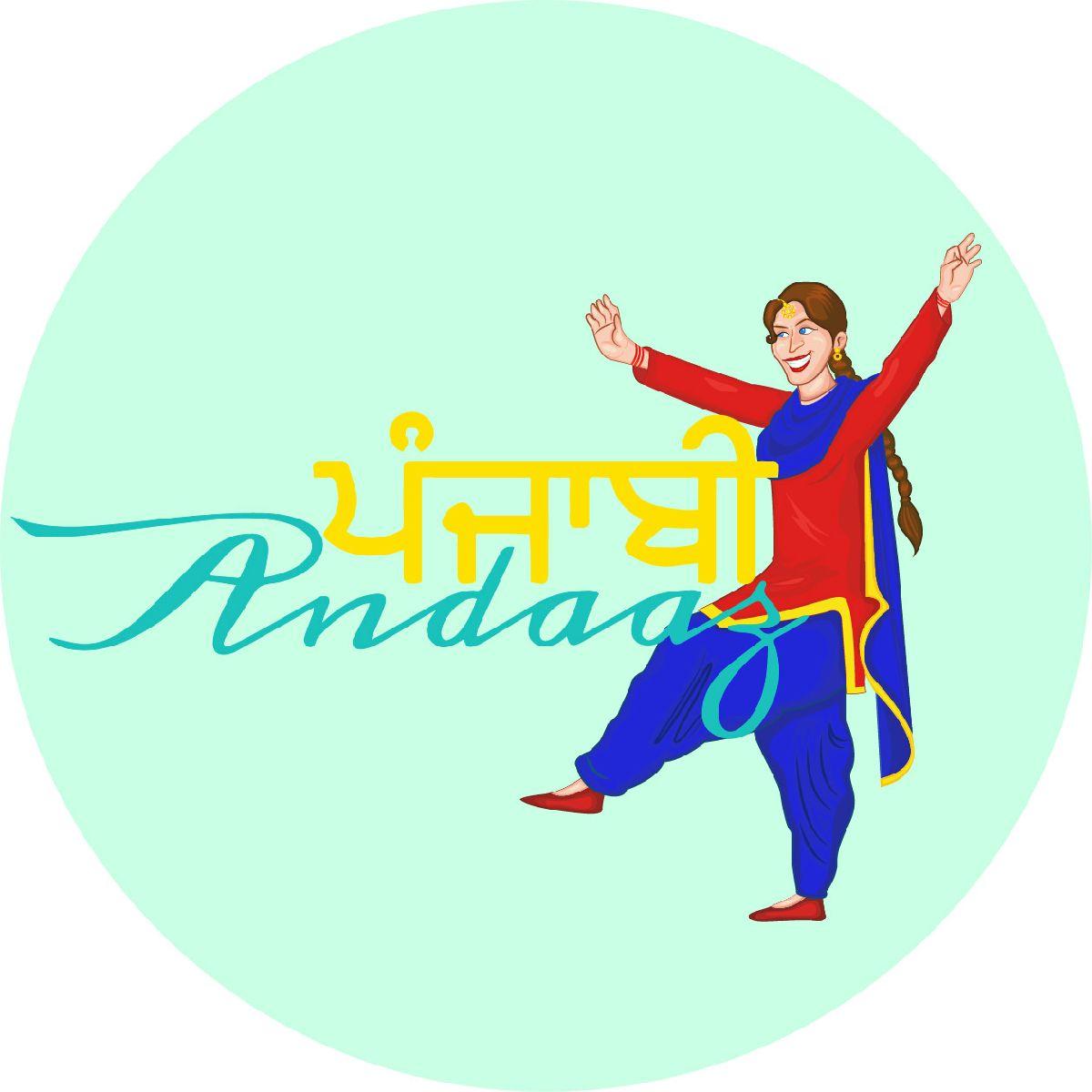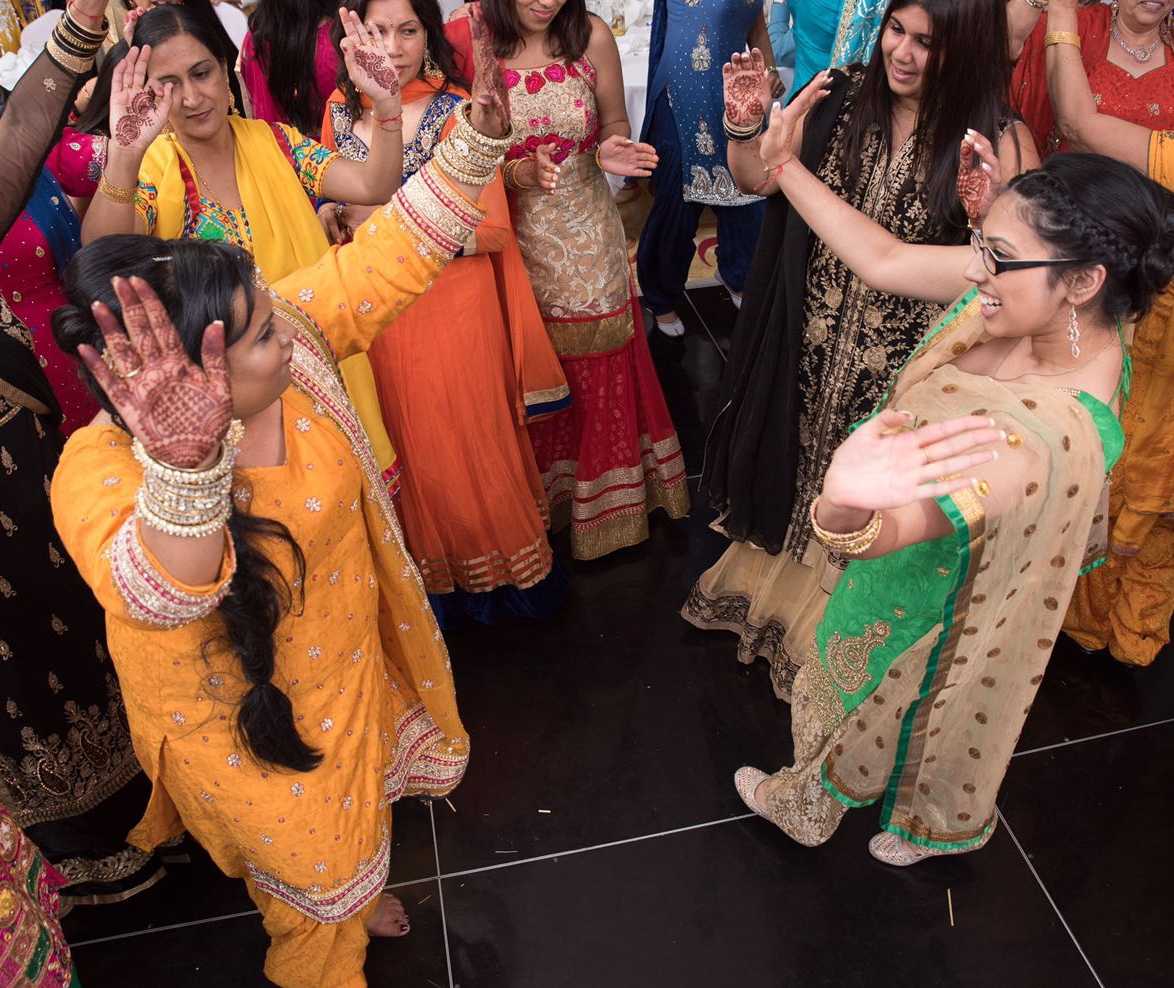Grab your favorite pair of dancing shoes because as Shilpa Shetty says in her song, ”Wedding da season hai, O soneya dance da reason hai” (It’s the season of wedding, Oh dear it’s reason of dance).
Punjabi weddings are a time of celebration, as is any wedding, just make sure that you have those shoes handy; minus the time of the actual wedding when you will be needing them.
Jasmine Kaur (senior, Liberal Studies) spoke about her favorite wedding memory.
“It was when we were coming back from the actual wedding. The limo ride with all my cousins, because even though it was a three hour drive it hardly felt like it,” Kaur said.
Jasmine Dhadda (senior, Sociology) said her favorite memory was at her aunt’s wedding.
“We had to be up at the 3 AM, because we had to get ready. Us bridesmaids all met at my cousin’s house and got ready there and had breakfast there. It was just a good time,” Dhadda said.
Now let me break down a Punjabi wedding for you. Be patient, you might want to read up to the reception.
The first thing is the Roka. The roka normally takes place at the house of the soon-to-be-bride and the soon-to-be groom’s immediate family is invited over. It is at this time at the they are considered engaged and a date for the wedding will be chosen, even though it is an informal engagement.
The Chunni ceremony follows after. This is the official engagement party! This is when the sister(s) or sister-in-law(s) give the bride an outfit (traditionally red, but has been changing nowadays). When she is dressed with their help, she is taken to where the guest are. The mother of the groom places a red chunni on her head. Then the groom’s mother and other females who are related to the groom will give the bride gifts. This is when rings are exchanged. Once everything has been done, the couple will have their slow dance and then an open dance floor follows. So wearing something comfortable is recommended.
Up next is the Kurmai. This is the equivalent to the chunni ceremony, except this is for the groom. This can take place before or after the chunni ceremony. It usually depends on the schedule and which country it is taking place at. The event is attended by the bride’s side of the family (minus the bride) and the groom’s side. It takes place at the Gurdwara (Sikh Temple) or at the groom’s house. The father of the bride gifts the groom dry fruit, sweets, a gold khara (Sikh bangle) or a watch.
We are getting close to the wedding day now, because it is time for the maiya ceremony. We can officially say the countdown starts here! Arangoli is made where the bride or groom will be sitting. It is usually made by the sisters, female cousins and sister-in-law of the bride or groom. A peeri (stool) is placed beside the design. This is where the boy or girl will sit and it should be facing East. During this event a paste is applied to the bride & groom (both at different times, because chances are that isn’t happening at the same place). The mother of the bride or groom will try to feed them a mix of rice and sugar and the sister-in-law is supposed to stop her, just for fun.
Ladies Sangeet is up next. This is when the ladies will get together to sing a few songs, called kori’s (groom’s side) or suhaag (bride’s side). Once five of these have been performed, they will start with some more fun folk songs and when those are done the dance floor is open. Nowadays everyone comes through, even though it is still called ladies sangeet.
Sometimes, the mayia, ladies sangeet and jaago (the next event) are all done on the same day, in that order. If this is the case, the dance floor will open after the jaggo. I promise you can still dance, it is just a little more waiting. We are going to get through this! Get your dancing shoes and outfit ready.
The jaago ceremony is that last reason to party before the wedding day!
Dhadda said the jaago ceremony is her favorite event.
“I like that this gives more of a cultural feel. We get to wear phulkari suits and paranda,” Dhadda said.
The actual ceremony consists of family & friends carrying the jaago pots on their heads, being loud and having fun! You already know there is a DJ present. So when the family members and friends return with the jaago after the traditional walk around & the DJ has spun the traditional song for the family members, the dance floor is open!
Now, if it is a girls wedding then it’s time for the churra! Which is one of the reasons girls say they want to get married. These bangles are put on by the bride’s maternal uncle and she wears them for at least 21 days, it is a sign of a newly married bride.
Both Kaur and Dhadda find the churra ceremony to be the best thing about the wedding altogether.
“I noticed that recently brides have been getting their husbands and their names in their churra and I think that’s cool,” Kaur said.
“I just love the churra ceremony,” Dhadda adds in.
OKAY! We have reached the wedding day! Congrats if you have made it this far!
This is when you would want to dress in a comfortable outfit. You will be sitting for at least 45 minutes to an hour on the floor. Traditionally, it will be a salwar suit.
Dhadda expressed the excitement she feels when thinking of her wedding day.
“I’m looking forward to the outfit and the planning of my wedding,” Dhadda said. “I want a totally tradational wedding.”
Customs start before the bride and groom even reach the Gurdwara. At the temple, customs still continue. The first is the milni (the meet up) done by both families. When that is done, the groom’s family is invited for breakfast. This is when the sister’s of the bride take their chance to get some money from their soon to be brother-in-law. This is referred to as the ribbon cutting ceremony. They usually ask for money starting around the thousand dollar mark. It is important to remember that is done as fun and is nothing serious. Once the girls have their money, they allow the groom’s side inside.
After breakfast it is time for the actual wedding. This is referred to as the anand karaj (blissful union). This is the the most simple explanation so far, because this is literally the time that they get married and that is all.
Afterwards, it is time for lunch and then the doli. The doli is when the bride officially leaves her home and goes to her husband’s house. It is the most hard part to deal with if you are on the girls side. Once the bride and groom have arrived at the groom’s house the paani vaar takes place. This is when the mother welcomes the new family member and her son.
Depending on where in the world you live, you will see something different. In places like India, the reception happens before the Doli and in places like America, the the reception will happen after the Doli and pani vaar.
The last event is the reception! This is the last chance you have to dance, so take it! This is a fun way to end the events and wrap up the wedding. Food is served and people are invited to have fun and dance. Some families may even have performances planned out.
Kaur expressed why she enjoys the reception portionof the ceremony.
“The reception is my favorite event because this when both families are together having fun,” Kaur said. “In the future, I want my reception to be different. I want it to be something unique and extraordinary.”
It may look like a lot, but Punjabi weddings fly by. They are a time to make new memories and new friends. The main goal is to make sure that everyone has a good time, so come through the next time you are invited to a Punjabi wedding and see what all the buzz is about.
Categories:
Punjabi Andaaz: Punjabi (Sikh) Weddings
Jyoti Dhanota
•
November 1, 2017
Punjabi Sikh girls,or girls married to a Punjabi Sikh will wear a churra to symbolize that are a newly married women.
Photo Courtsey of Avneet from Evotique.
0
Donate to Signal
Your donation will support the student journalists of California State University, Stanislaus. Your contribution will allow us to purchase equipment and cover our annual website hosting costs.






